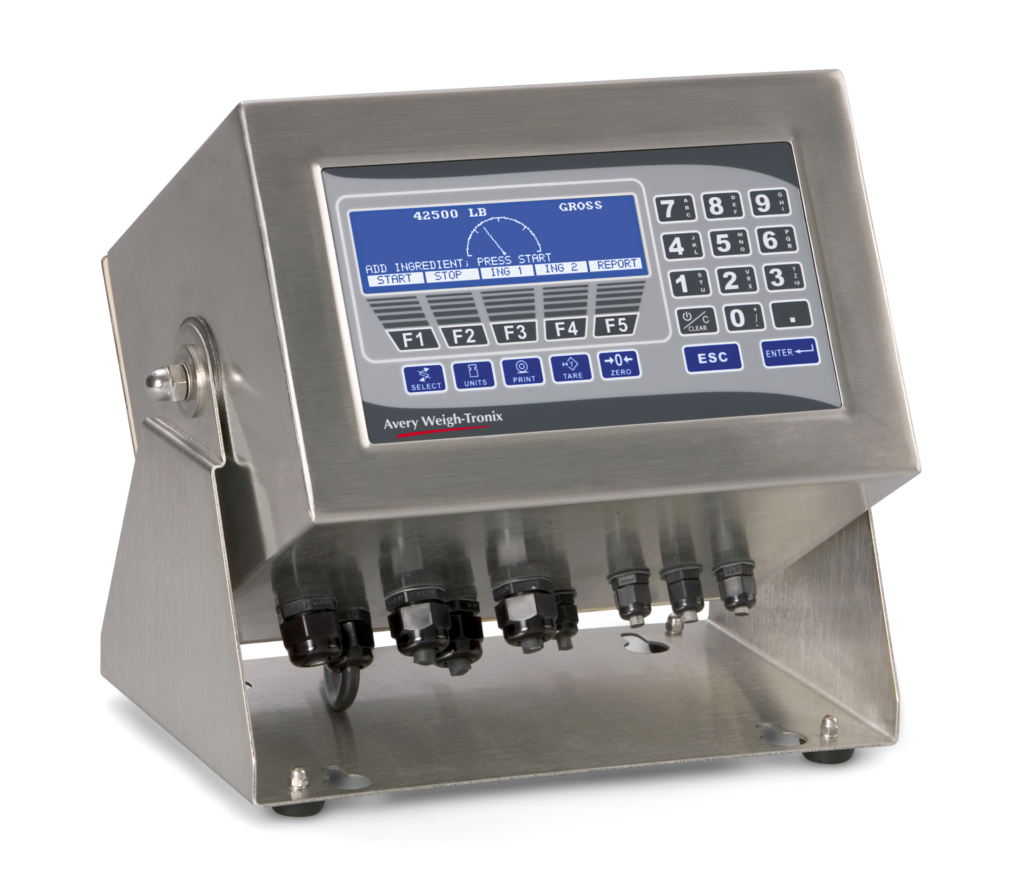Metrology Glossary: Full Scale Value
What Is Full Scale Value?
The full-scale value of a measurement instrument represents its maximum measurement capacity. It is determined by summing the values at both ends of the scale. When the scale doesn’t include zero, the full-scale value corresponds to the higher end-scale value. This concept holds significance in the field of instrumentation and measurement, as it plays a crucial role in assessing the accuracy and precision of measurement instruments. Additionally, it guides the choice and design of measurement instruments for particular applications, ensuring that they can effectively and reliably capture data within their designated range.
What Is Full Scale Value Used For?
Evaluating instrument accuracy and precision:
The full-scale value functions as a benchmark for assessing the accuracy and precision of measurement instruments. Accuracy involves comparing the measured value with the true value, while precision gauges the consistency of measurements. Understanding the full-scale value allows calculation of percentage errors and comprehension of the instrument’s limitations in capturing nuanced variations within its operational range.
Optimal selection and design of instruments for specific purposes:
When choosing an instrument for a particular application, it is important that the required measurement range aligns with the instrument’s full-scale value. Opting for an instrument with an excessively large full-scale value may compromise precision and sensitivity at lower readings, whereas one with an insufficient value might fail to encompass the entire range of interest. Understanding the full-scale value ensures harmonious compatibility between the instrument and the expected range of measurements.
Calibration and meaningful data analysis:
Throughout the calibration process, the full-scale value serves as a crucial reference point for adjusting and validating the instrument’s accuracy. It guarantees that measurements across the range fall within acceptable tolerances. When interpreting data derived from an instrument, a thorough understanding of the full-scale value aids in appropriately scaling and providing context to the data points.








